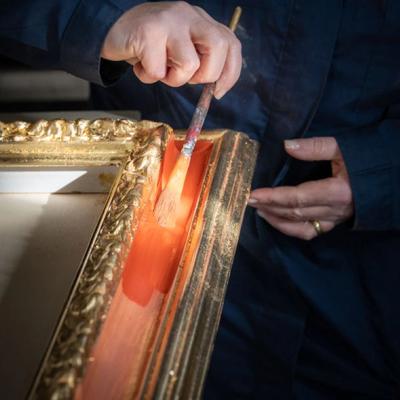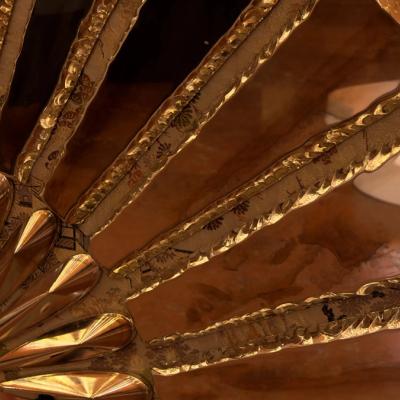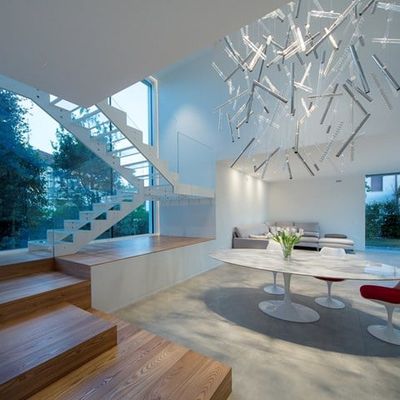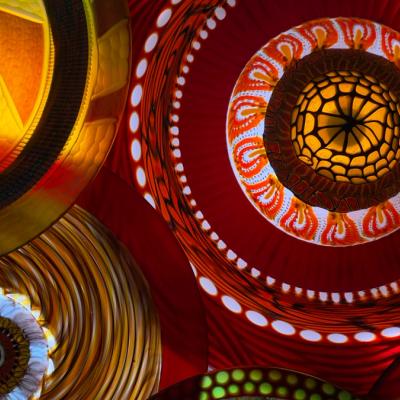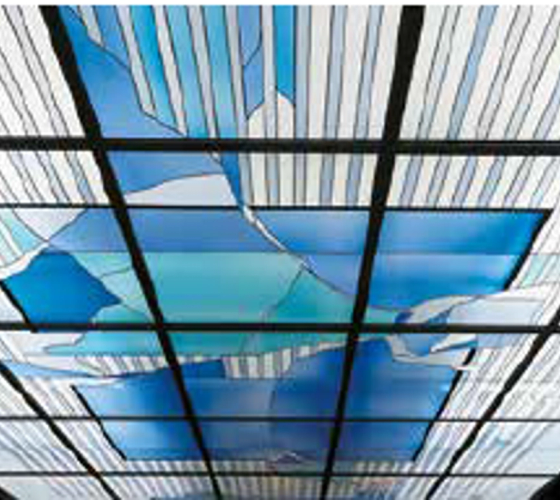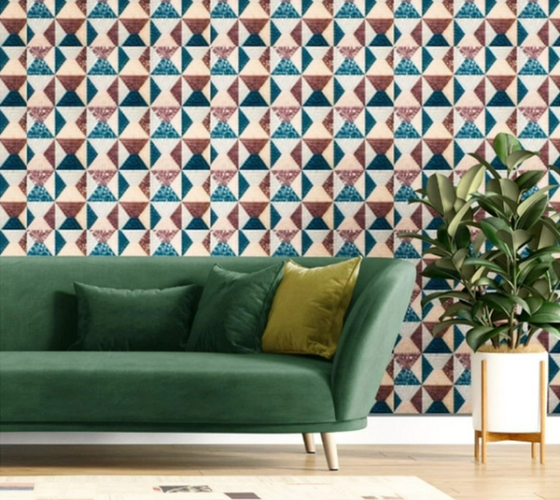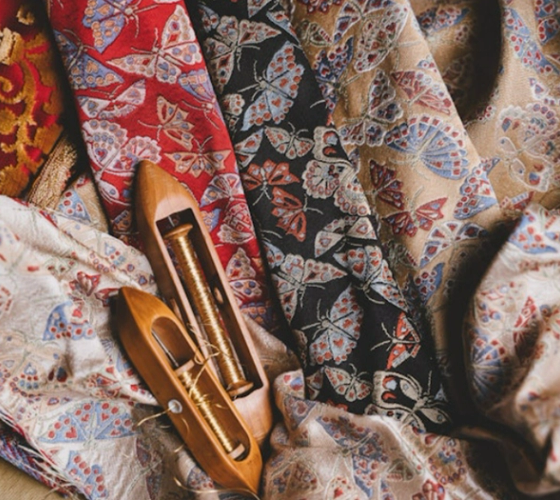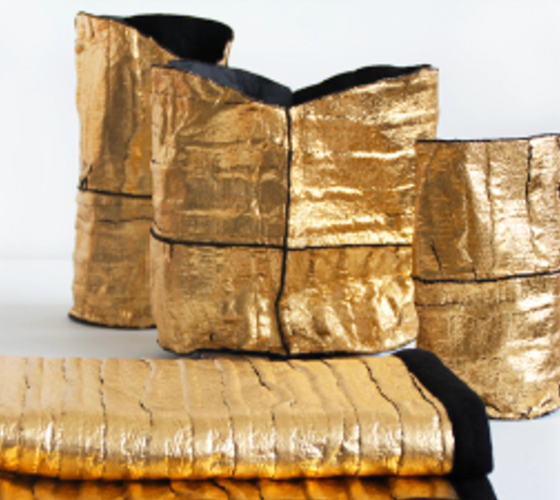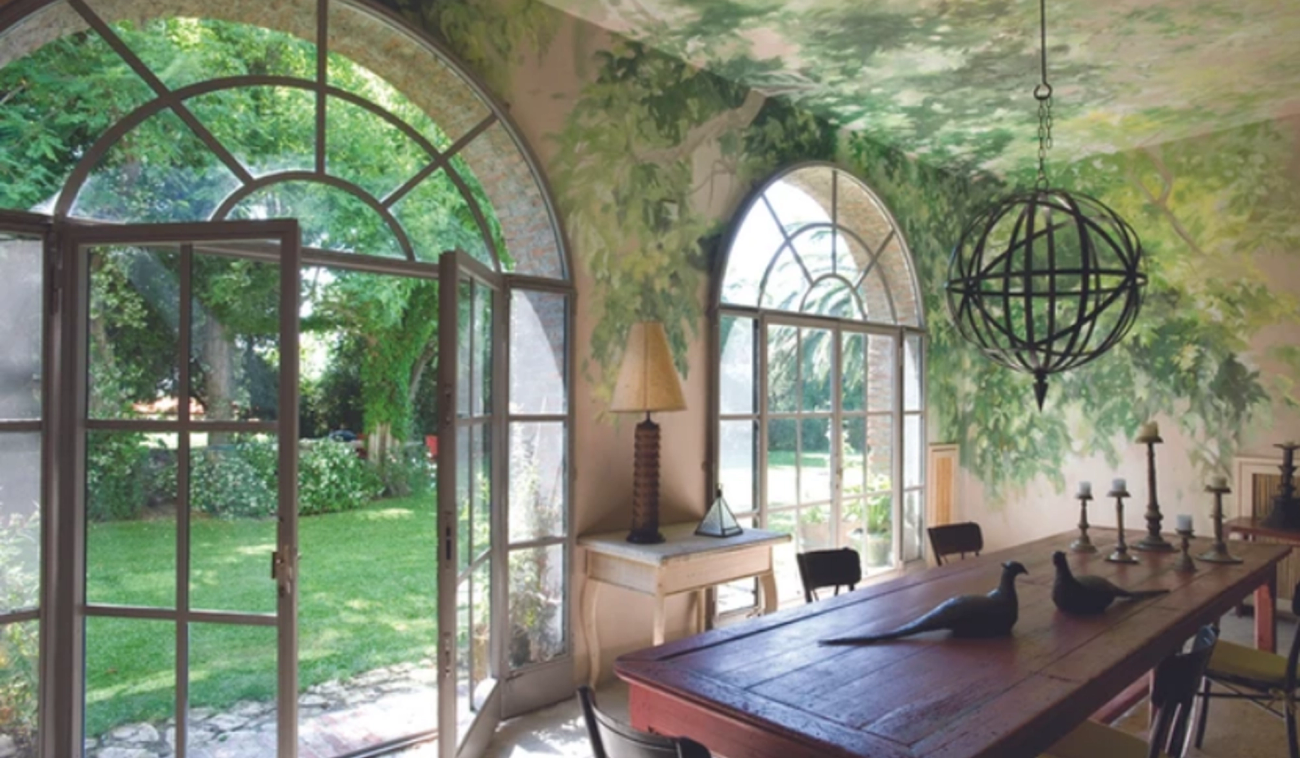
The Impact of Artworks on Productivity: Beauty with Purpose
Art is often seen as a luxury—an aesthetic indulgence that decorates spaces rather than transforms them. However, scientific research and real-world applications demonstrate that artworks in workspaces and homes play a critical role in enhancing productivity, creativity, and overall well-being. This article explores why surrounding ourselves with beauty isn’t just about aesthetics but about fostering a more dynamic, engaged, and effective work environment.
The Science Behind Art and Productivity
How Art Influences Cognitive Performance
Several studies have demonstrated that exposure to artwork in workspaces can increase concentration, reduce stress, and improve problem-solving abilities. The University of Exeter’s School of Psychology found that employees working in enriched environments—those featuring artwork and plants—were 15% more productive than those in bare, minimalist offices.
Other research has suggested that art activates the brain’s default mode network, which is associated with creativity and deep thinking. Exposure to paintings, sculptures, and crafted objects helps employees process information more effectively, stimulating cognitive flexibility—a crucial skill for problem-solving and innovation.
Additionally, integrating handcrafted, unique pieces rather than generic prints ensures that the artwork is stimulating rather than overlooked. Employees exposed to engaging and meaningful art exhibit higher job satisfaction and a stronger sense of belonging.
Emotional Well-being and Motivation
Art has a profound effect on mood and emotional resilience. Colors, forms, and artistic compositions can influence emotions, helping to create an atmosphere of calm or stimulation depending on the needs of a workspace. In particular:
- Warm tones (reds, oranges, yellows): Increase energy levels and stimulate action.
- Cool tones (blues, greens): Foster concentration, relaxation, and focus.
- Abstract and expressive artworks: Encourage divergent thinking and creativity.
According to a study by the British Council for Offices, employees who work in visually engaging environments report higher job satisfaction and lower stress levels, leading to reduced absenteeism and higher retention rates.
Workspaces as Curated Experiences
Moving Beyond Sterile Corporate Designs
For decades, corporate office designs prioritized function over emotion, leading to uninspiring and impersonal work environments. However, leading companies—such as Google, Airbnb, and Apple—have integrated artworks into their office designs, recognizing that visually engaging spaces improve employee engagement and well-being.
When art becomes part of the identity of a workspace, it reinforces corporate culture, fosters creativity, and enhances social interactions among employees. Spaces that feature bespoke artworks provide a greater sense of uniqueness and personality, making them more engaging places to work.
The Role of Art in Home Workspaces
With the rise of remote work, home offices have become an extension of professional environments. Workers spend longer hours in home workspaces, making the surrounding environment crucial for maintaining focus, creativity, and motivation. Investing in artworks that inspire and create a sense of balance can make the difference between a mundane home office and a space that enhances productivity.
Studies have shown that remote workers experience higher burnout rates due to the blending of personal and professional spaces. Implementing visually appealing and meaningful artworks in home offices creates a psychological distinction, enhancing both work efficiency and relaxation.
Art as a Brand Statement
For companies, artworks do more than improve employee well-being; they also communicate brand identity and corporate values. A luxury brand might display handcrafted Italian mosaics, reinforcing its commitment to craftsmanship. A tech startup might opt for dynamic, modern art, signaling innovation and progress.
Employers who understand the psychological impact of workplace aesthetics can create immersive, inspiring work environments that attract top talent and reinforce loyalty.
Artisanal Elements and Their Unique Role
Handmade Objects: More than Decoration
Unlike mass-produced artwork, handcrafted pieces carry depth, history, and cultural value. They do not simply decorate; they tell stories, create emotional resonance, and enhance the uniqueness of a space. For example:
- Murano glass pieces reflect light in captivating ways, energizing workspaces.
- Mosaics and ceramic artworks provide textured, intricate details that elevate interiors.
- Handcrafted wooden or metal sculptures add warmth and authenticity.
These elements create an elevated, inspiring atmosphere, helping individuals connect with their surroundings on a deeper level.
European Craftsmanship in Workspaces
Italian and European craftsmanship has long been synonymous with excellence and durability. In workspaces, using artisanal objects made with high-quality materials (ceramics, textiles, or glass) offers a fire-resistant, sustainable, and aesthetically superior alternative to disposable décor.
European workplaces, particularly in countries like Italy and France, incorporate historical and artistic influences into modern workspaces, blending tradition with innovation. By taking inspiration from these design principles, businesses can create durable, stylish, and culturally rich environments.
The Future of Work: Balancing Beauty and Productivity
Designing Spaces That Enhance Performance
The future of workspaces is about balancing aesthetics with functionality. Instead of sterile, uninspired environments, the trend is shifting toward human-centered design, where every element—furniture, lighting, and artworks—contributes to a healthier, more stimulating work experience.
Key principles include:
- Personalized Workspaces: Encouraging individuals to choose artworks that resonate with them.
- Flexible Design: Incorporating modular artistic elements that adapt to different moods and tasks.
- Sustainability: Investing in durable, timeless pieces rather than short-lived decorative trends.
Artistic installations such as wall murals, statement sculptures, and immersive art pieces are becoming more prevalent in office spaces as tools to enhance engagement and foster collaboration.
Art as an Investment in Well-Being
Investing in artwork for workspaces is not just about aesthetics—it’s about creating an environment that fosters motivation, creativity, and emotional well-being. Whether in corporate offices, home workspaces, or hybrid environments, art has the power to make work more meaningful and fulfilling.
By shifting toward an approach where design serves productivity, businesses and individuals can build workspaces that feel inspiring, energetic, and aligned with personal and corporate values.
Beauty with Purpose
Far from being an afterthought, art in workspaces and homes is a tool for enhancing performance, creativity, and emotional health. By integrating artisanal objects and artworks, we move beyond sterile functionality to create spaces that inspire, energize, and transform the way we work. The future of workspace design lies in this balance—where beauty and productivity coexist seamlessly.
